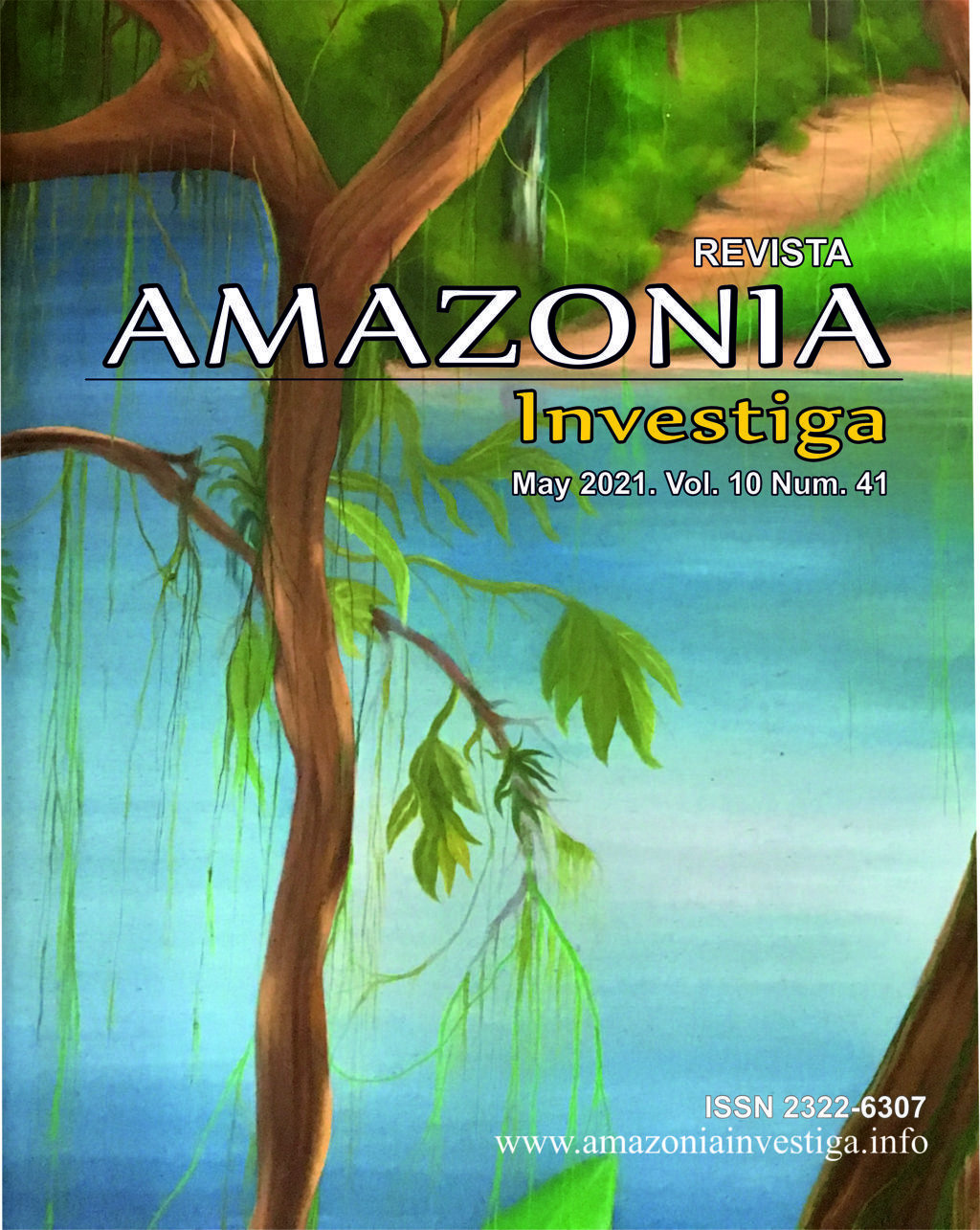Green finance incentives: An empirical study of the Pakistan banking sector
Publicado 2021-06-29
Palabras clave
- green practices, sustainability, green banking, green environment, default risk.
Cómo citar
Resumen
In 21 century the climate change has become an important issues for businesses as well as stockholders. Consequently, to reduce carbon emission financial institutions offer green financing to businesses to mitigate this issue. However, the availability of green loan remains the important case. Therefore this research aims to know how this financing gap can be minimized. A panel design dataset was collected which consists of green financing data for the period 2009 to 2015 from 24 banks operating in Pakistan. We applied Two-stage Least Square Regression Analysis for data analysis. The results revealed that green loans are a less risky investments. Further, the findings also provides useful information to managers who look for grow their business loan and minimize default risk. This study contributes to the existing literature in green financing by filling the gap, particularly for developing countries through empirical evidence. The finding suggests that banks must invest more in green projects.
Descargas
Citas
Arkhipova, V. (2017). " Green Finance" as Recipe for Solving Global Problems. HSE economic journal, 21(2), 312-332.
Campiglio, E., Dafermos, Y., Monnin, P., Ryan-Collins, J., Schotten, G., & Tanaka, M. (2018). Climate change challenges for central banks and financial regulators. Nature Climate Change, 8(6), 462-468.
Dikau, S., & Volz, U. (2018). Central banking, climate change and green finance. Asian Development Bank Institute.
Dikau, S., & Volz, U. (2021). Central bank mandates, sustainability objectives and the promotion of green finance. Ecological Economics, 184, 107022.
Falcone, P. M. (2020). Environmental regulation and green investments: The role of green finance. International Journal of Green Economics, 14(2), 159-173.
Falcone, P. M., & Sica, E. (2019). Assessing the opportunities and challenges of green finance in Italy: An analysis of the biomass production sector. Sustainability, 11(2), 517.
Falconer, A., & Stadelmann, M. (2014). What is climate finance? Definitions to improve tracking and scale up climate finance. Climate Policy Initiative.
Georgeson, L., Maslin, M., & Poessinouw, M. (2017). The global green economy: a review of concepts, definitions, measurement methodologies and their interactions. Geo: Geography and Environment, 4(1), e00036.
Islam, M. S., & Das, P. C. (2013). Green banking practices in Bangladesh. IOSR Journal of Business and Management, 8(3), 39-44.
Malik, S., Qasim, M., & Saeed, H. (2018). Green finance in Pakistan: Barriers and solutions. Asian Development Bank Institute. Retrieved from https://www.adb.org/publications/green-finance-pakistan-barriers-and-solutions
Meena, R. (2013). Green banking: As initiative for sustainable development. Global Journal of Management and Business Studies, 3(10), 1181-1186.
Migliorelli, M., & Dessertine, P. (2019). The rise of green finance in Europe. Opportunities and challenges for issuers, investors and marketplaces. Cham: Palgrave Macmillan.
Moore, S. B., & Manring, S. L. (2009). Strategy development in small and medium sized enterprises for sustainability and increased value creation. Journal of Cleaner Production, 17(2), 276-282.
Mumtaz, M. Z., & Smith, Z. A. (2019). Green finance for sustainable development in Pakistan. Islamabad Policy Res Inst J, 2, 1-34.
Raberto, M., Ozel, B., Ponta, L., Teglio, A., & Cincotti, S. (2019). From financial instability to green finance: the role of banking and credit market regulation in the Eurace model. Journal of Evolutionary Economics, 29(1), 429-465.
Rehman, A., Ishaque, A., Malik, S., Rehman, S. U., Hussain, A., Khan, M., . . . Afridi, F. E. A. (2021). Exploring Asymmetric Nexus Between Tourism, Economic Growth and CO2 Emissions in the Context of Pakistan. International Journal of Energy Economics and Policy, 11(3), 338-345.
Rehman, A., Ullah, I., Ullah, Z., Zeeshan, M., Hussain, A., & Rahman, H. U. (2021). Adoption of green banking practices and environmental performance in Pakistan: A demonstration of structural equation modelling. Environment, Development and Sustainability, 1-21.
Soundarrajan, P., & Vivek, N. (2016). Green finance for sustainable green economic growth in India. Agricultural Economics, 62(1), 35-44.
Taghizadeh-Hesary, F., & Yoshino, N. (2019). The way to induce private participation in green finance and investment. Finance Research Letters, 31, 98-103.
Volz, U. (2018). Fostering green finance for sustainable development in Asia.
Weber, O., & ElAlfy, A. (2019). The development of green finance by sector The Rise of Green Finance in Europe (pp. 53-78). Springer.
Zhou, X., Tang, X., & Zhang, R. (2020). Impact of green finance on economic development and environmental quality: a study based on provincial panel data from China. Environmental Science and Pollution Research, 27(16), 19915-19932.











